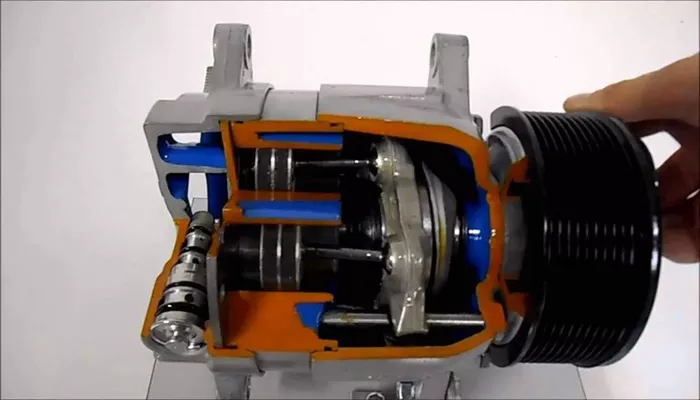Liquefied petroleum (LP) generators, commonly known as propane generators, are a popular choice for backup power in homes, businesses, and outdoor settings. Propane is a clean-burning, efficient fuel that offers several advantages over diesel and gasoline, including longer shelf life, lower emissions, and ease of storage. But how do LP generators work, and what makes them a reliable source of backup power? This article explores the mechanics of LP generators, their key components, and the benefits they offer.
What Is an LP Generator?
An LP generator is a type of standby or portable generator that uses propane as its primary fuel source. Propane is stored in liquid form in tanks and converted into gas before being fed into the generator’s engine. The engine then converts the chemical energy of the propane into mechanical energy, which is subsequently transformed into electrical energy by an alternator. This process provides a reliable source of power during outages or in off-grid locations.
Key Components of an LP Generator
Propane Tank: The propane tank stores liquefied petroleum gas under pressure. Tanks come in various sizes, from small portable cylinders to large stationary tanks, depending on the generator’s power output and intended use.
Regulator: The regulator reduces the high pressure of the propane in the tank to a level suitable for the generator’s engine. This ensures a consistent and safe flow of gas.
Carburetor or Fuel Injection System: The carburetor or fuel injection system mixes the propane gas with air in the correct ratio for combustion. This mixture is then delivered to the engine’s combustion chamber.
Engine: The engine is the heart of the generator. It converts the chemical energy of the propane-air mixture into mechanical energy through controlled combustion. LP generators typically use internal combustion engines similar to those found in gasoline or diesel generators.
Alternator: The alternator converts the mechanical energy produced by the engine into electrical energy. It consists of a rotor and stator, which generate an alternating current (AC) as the rotor spins.
Control Panel: The control panel allows users to start, stop, and monitor the generator. It may include features such as voltage regulation, circuit breakers, and indicators for fuel level, oil pressure, and temperature.
Cooling and Exhaust Systems: LP generators are equipped with cooling systems to prevent overheating and exhaust systems to safely expel combustion byproducts.
How LP Generators Work: Step by Step
Fuel Supply: Propane is stored in a tank as a liquid under pressure. When the generator is activated, the propane flows from the tank to the regulator.
Pressure Regulation: The regulator reduces the pressure of the propane, converting it from a liquid to a gas. This gas is then delivered to the carburetor or fuel injection system.
Air-Fuel Mixture: The carburetor or fuel injection system mixes the propane gas with air in the correct ratio for efficient combustion.
Combustion: The propane-air mixture is ignited in the engine’s combustion chamber. The resulting explosion drives the engine’s pistons, converting chemical energy into mechanical energy.
Power Generation: The engine’s mechanical energy is transferred to the alternator, where it is converted into electrical energy. The alternator produces alternating current (AC), which is then delivered to the connected appliances or electrical system.
Cooling and Exhaust: The cooling system prevents the engine from overheating, while the exhaust system safely expels combustion byproducts, such as carbon monoxide and water vapor.
Benefits of LP Generators
Clean-Burning Fuel: Propane produces fewer emissions than diesel or gasoline, making it an environmentally friendly choice. It also burns cleaner, reducing maintenance requirements for the generator.
Long Shelf Life: Propane has an indefinite shelf life when stored properly, unlike gasoline, which can degrade over time. This makes LP generators ideal for emergency preparedness.
Ease of Storage: Propane tanks are easy to store and transport, and they do not pose the same spill risks as liquid fuels.
Quiet Operation: LP generators tend to operate more quietly than diesel generators, making them suitable for residential use.
Versatility: LP generators can be used in a variety of settings, from homes and businesses to outdoor events and construction sites.
Conclusion
LP generators are a reliable and efficient solution for backup power, offering numerous advantages over other types of generators. By understanding how they work and their key components, you can make an informed decision about whether an LP generator is the right choice for your needs. Whether you’re preparing for emergencies, powering a remote location, or hosting an outdoor event, an LP generator provides clean, dependable power with minimal environmental impact. With proper maintenance and care, an LP generator can serve as a trusted source of electricity for years to come.

